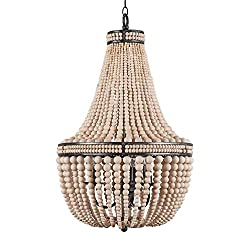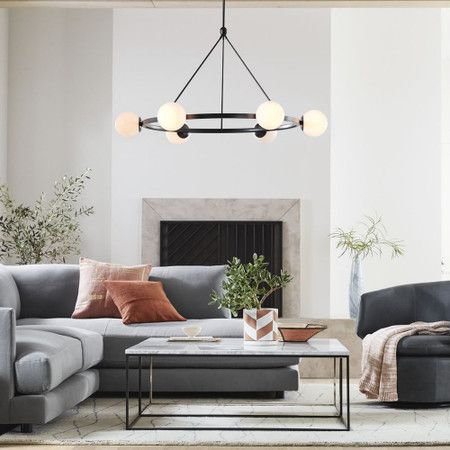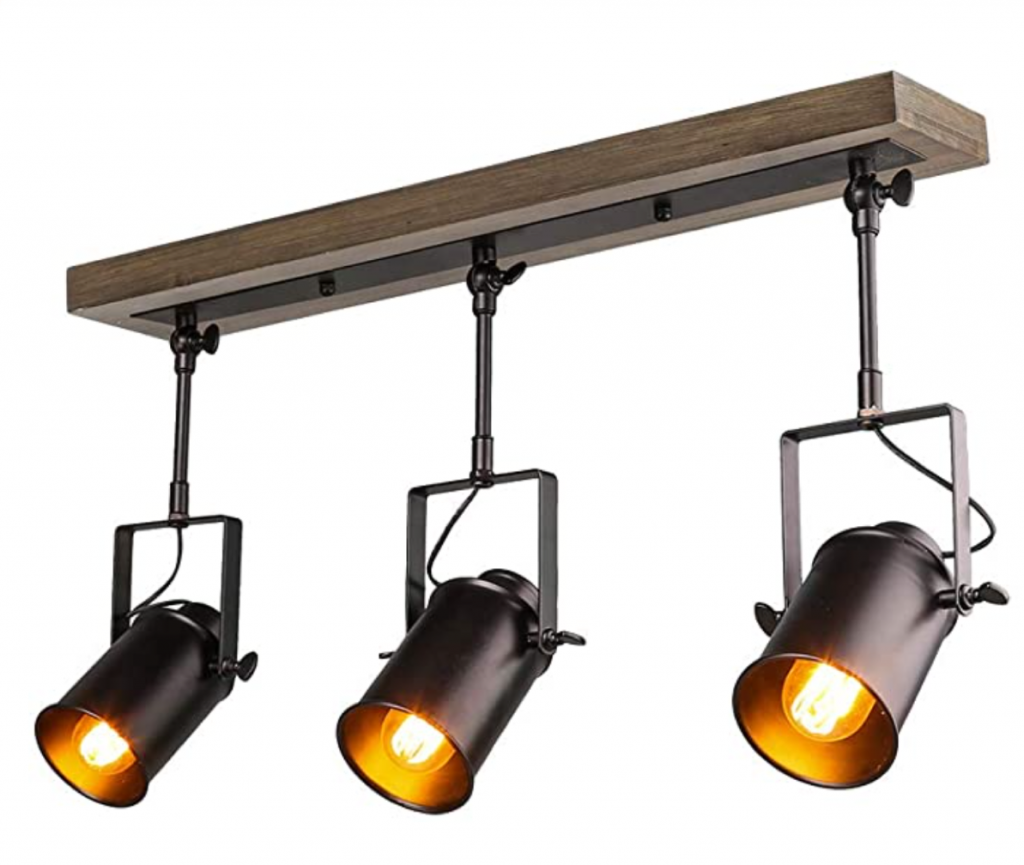Lighting sets the mood and feel for a room but can often be overlooked beyond the central ceiling light. There are three types of lighting that fulfil different purposes; task, ambient and accent.
Types of Interior Lighting
Ambient Lighting
This is the ‘natural’ lighting for a room, it’s purpose is to make the space functional and closely match natural daytime lighting. Although it sounds general in use, ambient lighting can really set the mood in a space, it should never be harsh.
Most often down lights are used but this sometimes isn’t an option in buildings that don’t have a ceiling void such as raked ceilings and some apartments that have concrete slab ceilings. In this scenario a singular drop light can be used or track lighting.
Task Lighting
This is focused lighting for more detailed work in concentrated areas such as the kitchen and bathroom. Many businesses use task lighting in office space because its better for reading and creates a feeling of alertness.
Some examples of task lighting are in the kitchen over a cook top, or bathroom mirror lighting. These can be in the form of directional down lights, track lights or a series of pendants.
When deciding on the placement of task lighting consider the path that the light is traveling from the bulb to the area of focus. If hanging a pendant light over head rather than over the workspace, like the kitchen bench, then this would create a shadow on the work area. This is not what we want!
Accent Lights
Accent lighting is concentrated lights that highlight features in a room or creates a statement. It’s not necessarily bright light like task lighting but ads style and drama. This type of lighting is often forgotten but when used correctly can add the wow factor to any room.
Accent lighting can be in the form of led strip lighting, collection of pendants, spot lighting, or chandeliers. It can be a subtle wall wash where the a sheet of lighting parallel to the wall high lights texture or a special feature on the wall. There are lots of clever ways to use LED strip lighting with motion sensors such as along stair treads, under cabinetry and in walk in robes.
The living room needs to feature all three types if lighting to suit the multitude of uses. This is a space where you relax, where you play board games with the kids and get productive with new projects. The lighting can help you zone out or feel focused and alert.
How to Choose a Central Ceiling Light for the Living Room

Not all rooms will have a central light but for those that do it can be the hero of the room.
There are two components of the central living room ceiling light to consider, the functional light and the design. When choosing the brightness consider the other lighting in the room. Do you have floor lamps or reading lights for focused work? If yes then this light doesnt need to be as bright. If the other lights in the room are more gentle, such as decorative wall sconses or pendant lights then this light needs to be at least 400 lumens. Lumens are a measurement of how bright the light is.
In terms of design, think of clearance and scale.
The scale of the light fixture should be fitting for the dimensions of the room and surrounding furniture. If the light fitting is too large it will make the room feel crowded but if your decorating a big open space then be bold! There are some incredible rustic style chandeliers in trend right now.
What Height to Hang a Chandelier or Light Fixture?
The light shade should not be so low that people feel uncomfortable walking under it. The exception is when the light is being hung above furniture such as a table which prevent people from walking under it. 80 Inches is the standard door opening height so light shades should not be lower than this in spaces where people are walking under the light.
How to Hang a Chandelier Over a Dining Table?
When hanging a chandelier over a dining table it doesn’t need to be above standing height. You want the light fitting to be eye catching but sit above head height while seated at the table. The general rule is at least 30 inches above the table top but if you have particularly high ceilings then raise the chandelier around 3 inches for every foot of additional ceiling height above the standard 8 foot ceiling.
How to Hang Pendent Lights
If the room is longer rather than square consider have 2 or more pendant lights along the length of the room to light the space effectively. When pendant lights are hung above a table or bench-top the standard is 30 inches above the surface. For pendant lights that aren’t above a bench such as hanging pendent lights in a living room corner for a reading nook, the bottom of the light fitting to the floor should be around 65 inches.
For more ways to update your living room, take a look at Cheap Ways to Update Your Living Room.

